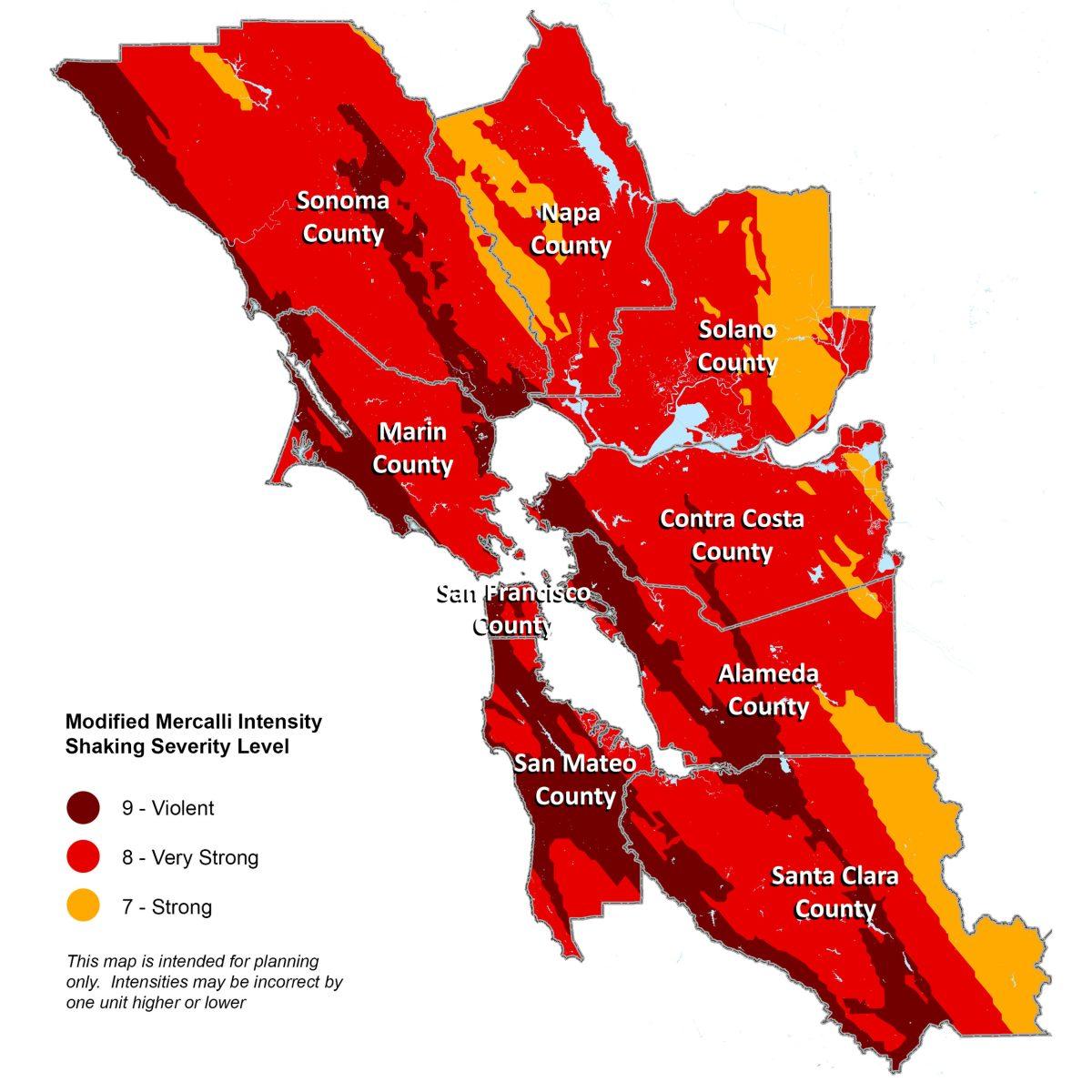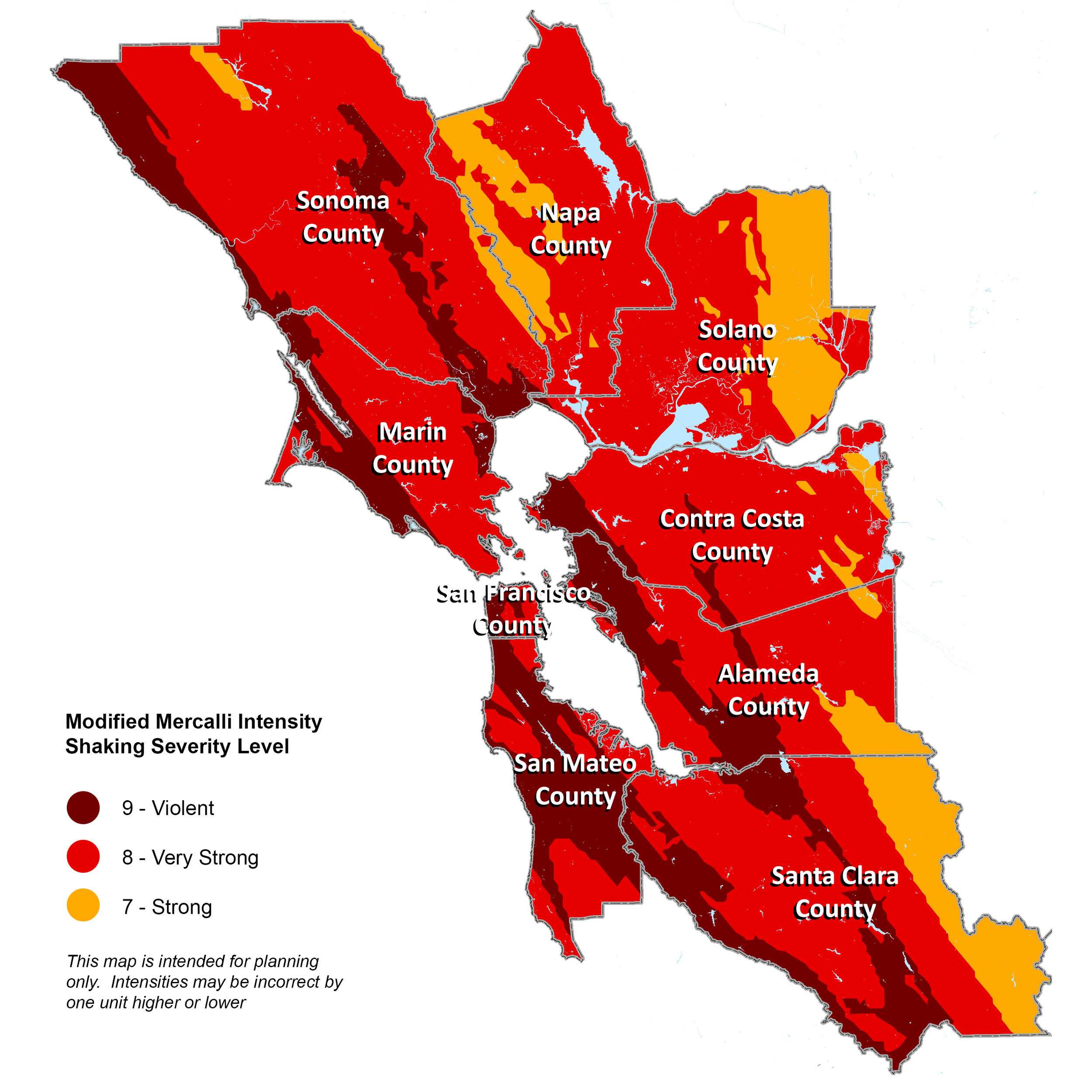After a series of small temblors under the Salton Sea, the Governor’s Office of Emergency Services announced on Oct. 1, that there was a high probability of a major earthquake hitting the Southern California area during that week.
The earthquakes that could be triggered were of a magnitude of 7.0 or higher on the San Andreas fault. The chances of this happening could have been as high as 1 in 100 and as low as 1 in 3000. As the week progressed, the chances of this happening returned to the normal odds of 1 in 6000.
While the main cities in Southern California were at the most danger during the week, Northern California would also have been affected. Students at Sonoma State University were a little freaked out by the news.
While the earthquake advisory has passed, California is not yet out of the woods, the state is long overdue for a big earthquake. The official Sonoma State emergency plan warns a major earthquake would create damage to the school. Sonoma State University is located near the Rodgers Creek fault, which is capable of a 7.2 magnitude earthquake. Due to the proximity, any significant earthquake on the Rodgers Fault could cause major damage to University facilities.
Students at Sonoma State said the warning left them a little shaken, even though no strong earthquakes happened.
“I just saw the movie San Andreas with The Rock and I was a little bit scared the whole week while this was going on, I’m not going to lie. I was looking out for all the emergency exits throughout the week,” said Nate King a junior psychology major.
The official earthquake protocol at Sonoma State consists of using the procedure “Drop, Cover, and Hold On.” According to the “Great Shakeout” website, the main point is to not try to move, but to immediately protect yourself as best as possible where you are. Drop to the ground before the shaking knocks you down, take cover by getting under a sturdy desk or table, and hold onto it until the shaking stops.
“I really don’t want to be here for a huge earthquake. As soon as I get my diploma in the spring, I am gone,” said fourth-year Becca Dedekind, with a laugh.
After the shaking has stopped, students and faculty are supposed to exit the buildings and enter safe zones, while the emergency evacuation plan is being implemented. Faculty is trained to lead the class out of danger into these safe zones. Students living in the dorms have specific areas to evacuate in case of an earthquake or a fire and Community Service Advisors are trained in evacuation procedures.
Students living on campus are encouraged by Sonoma State to have an emergency kit on hand in case of a major emergency. This emergency kit should include three days worth of supplies, such as water and food, basic first aid supplies, and any special need items.
“The scariest part about the earthquake in August 2014 was not the earthquake itself, but the feeling of not feeling prepared and what to do next,” said Dedekind.




































